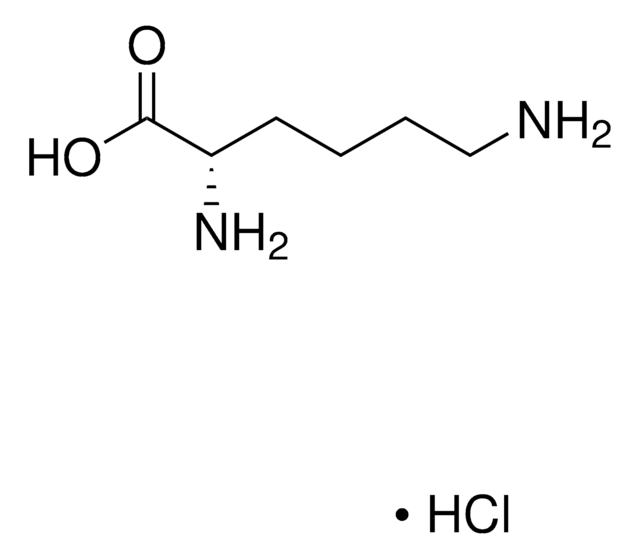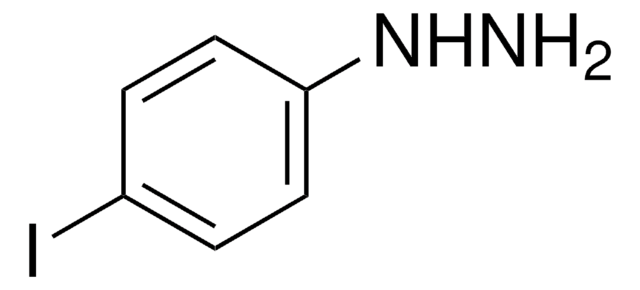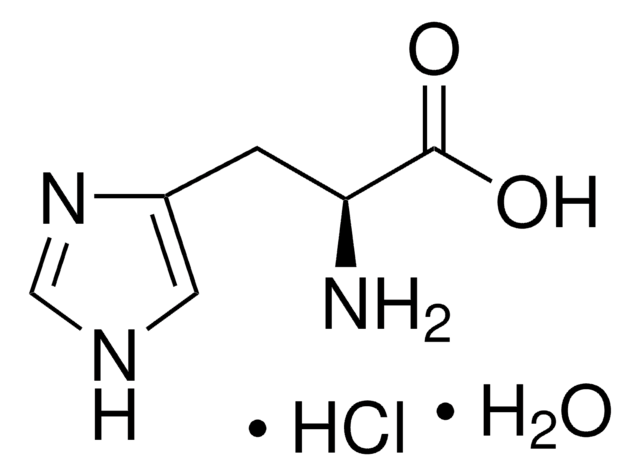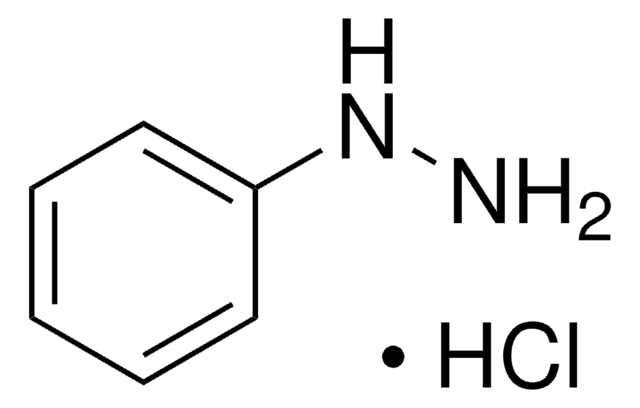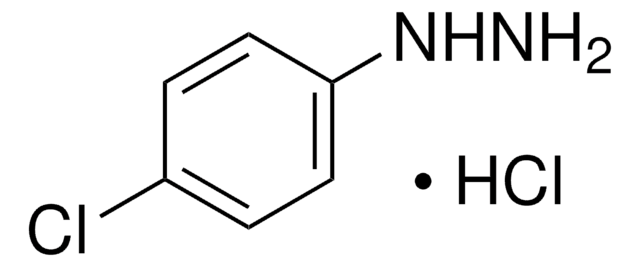901209
N-(But-3-yn-1-yl)-4-hydrazineylbenzamide hydrochloride
Synonym(s):
Clickable, nucleophilic hydrazine probe
About This Item
Recommended Products
form
powder or crystals
storage temp.
2-8°C
Application
related product
Storage Class Code
11 - Combustible Solids
WGK
WGK 3
Flash Point(F)
Not applicable
Flash Point(C)
Not applicable
Choose from one of the most recent versions:
Certificates of Analysis (COA)
It looks like we've run into a problem, but you can still download Certificates of Analysis from our Documents section.
If you need assistance, please contact Customer Support.
Already Own This Product?
Find documentation for the products that you have recently purchased in the Document Library.
Related Content
The Cravatt group develops innovative technologies to understand enzyme roles in disease, focusing on activity-based protein profiling.
Our team of scientists has experience in all areas of research including Life Science, Material Science, Chemical Synthesis, Chromatography, Analytical and many others.
Contact Technical Service

